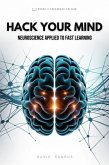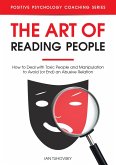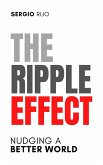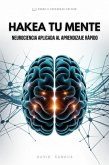The core issue lies in "random reinforcement schedules," which mimic slot machine mechanics by delivering rewards unpredictably to maintain engagement. While effective for engagement, this can lead to profound frustration, a feeling of powerlessness, reduced motivation, and an "anti-reward brain state". The book delves into the "Partial Reinforcement Extinction Effect (PREE)," explaining why behaviors learned with inconsistent rewards are highly resistant to extinction. It illustrates this with examples like social media, online gaming, and email checking, where the unpredictable nature of rewards keeps users hooked despite frequent unrewarding experiences.
The psychological toll of this unpredictability is explored through the concept of "Learned Helplessness (LH)," where individuals stop trying to influence outcomes when their actions seem to have no impact. This state is linked to reduced motivation, passivity, and depressive-like behaviors. The book highlights the crucial role of the dopamine system, explaining how dopamine acts as a Reward Prediction Error (RPE) signal, teaching the brain what works and what doesn't. The "Agency Disinhibits the Dopamine System (ADDS) theory" proposes that a strong sense of agency enhances dopamine levels, boosting motivation, while perceived randomness inhibits it, leading to impaired motivation and executive function.
The book offers strategies to reclaim control. Part 2 focuses on "extinction," providing methods to "unhook" from addictive patterns by consistently removing reinforcement, managing extinction bursts, and leveraging contextual control. Part 3 focuses on proactive prevention, including identifying cues of random reinforcement and enhancing perceived control through cognitive restructuring (shifting attributional style). It emphasizes promoting "model-based learning" by creating predictable micro-environments and focusing on action-oriented models. Practical behavioral strategies are detailed, such as clear goal setting, celebrating small wins, acknowledging achievements, and fostering autonomy in decision-making to optimize the dopamine system. Finally, Part 4 introduces emerging insights like mindfulness and neurofeedback as advanced tools for lasting control
Dieser Download kann aus rechtlichen Gründen nur mit Rechnungsadresse in A, B, CY, CZ, D, DK, EW, E, FIN, F, GR, H, IRL, I, LT, L, LR, M, NL, PL, P, R, S, SLO, SK ausgeliefert werden.









